Will we ever see the fabled Nintendo Switch 2 or Nintendo Switch Pro? The high volume of rumors circulating lately definitely makes it easier to believe it’s happening. Yet while we still can’t say for sure, a juicy tidbit regarding the Nintendo Switch 2’s potential screen resolution gives us a lot to ponder.
According to the latest speculation, the Nintendo Switch 2 could sport a 7-inch 720p OLED display. This would be a notable upgrade over the original Nintendo Switch and Nintendo Switch Lite, which use 6.2-inch and 5.5-inch LCD screens respectively.
While talk also suggests the Nintendo Switch 2 will be capable of outputting 4K resolution when in docked mode, let’s discuss the most contentious issue: that 720p OLED screen. Here’s why it’s actually a good thing.
Screen size is the key
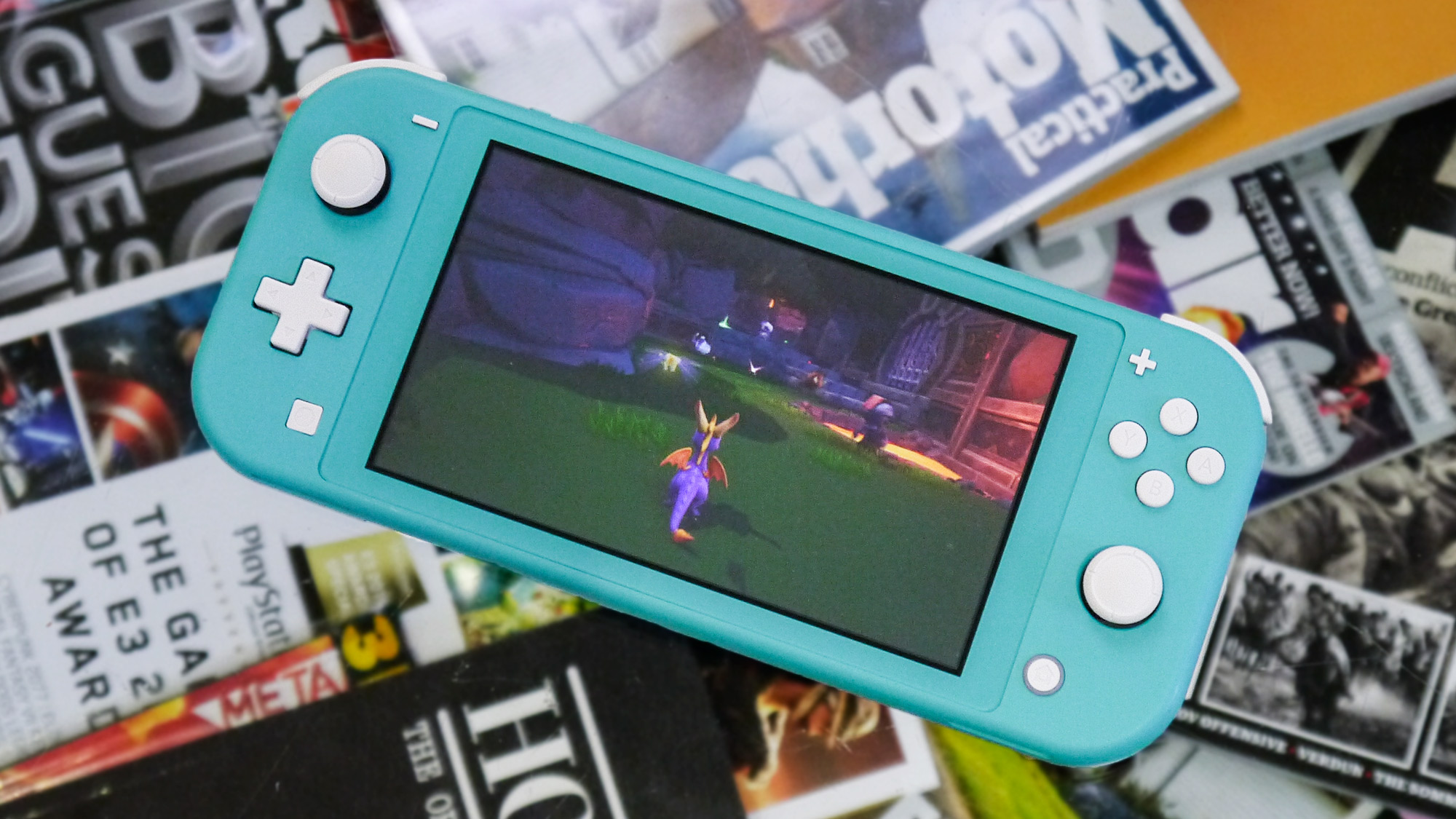
It’s important to keep in mind that a large part of the Switch’s appeal is portable play. Yes, we’d all love to see a bigger screen, but if Nintendo were to add a larger display, the Nintendo Switch 2 would need to push more pixels to keep things looking sharp and also become considerably bulkier in the process.
"If Nintendo were to add a larger display, the Nintendo Switch 2 would need to push more pixels to keep things looking sharp and also become considerably bulkier in the process."
If you’re worried that two centimeters of extra screen space will make games look uglier or ‘pixelated’ on Nintendo Switch 2, you’d be mistaken. In fact, a 720p display on a 7-inch screen becomes ‘retina’ quality (a term devised by Apple where the human eye is unable to distinguish between pixels at a certain distance) when it’s held 16 inches away.
A 7-inch screen seems like a good compromise, then, as it means that 720p will still look suitably crisp and Nintendo can keep the console to a reasonable size.
More pixels equals more power
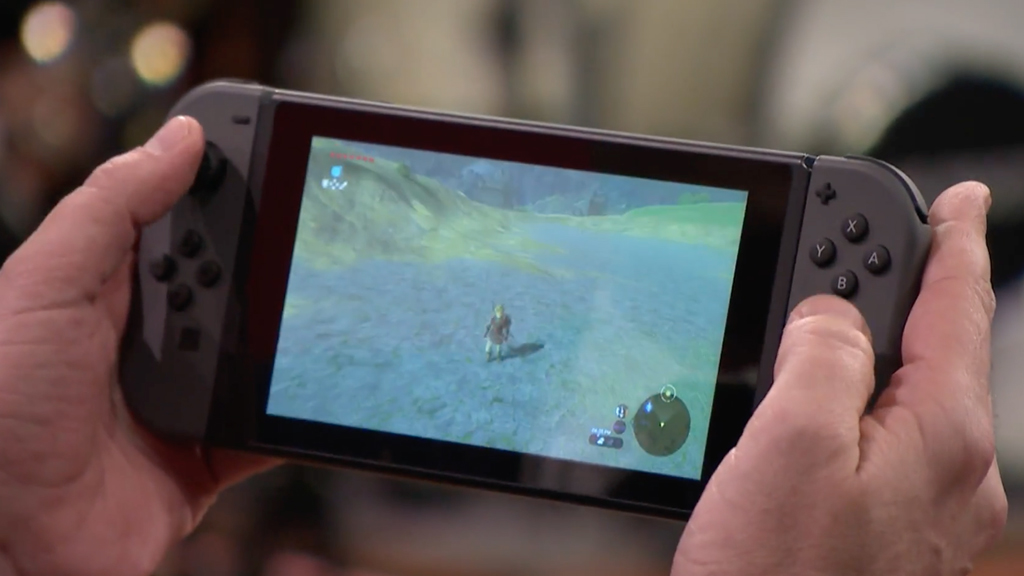
Maintaining a consistently sharp image at a higher resolution than 720p would be far more resource-intensive, if Nintendo did decide to equip the Switch 2 with a 1080p or 4K display. For starters, the system would need to be a lot more powerful to output that many pixels, which could ultimately result in a pricey console. This might also lead to a bulkier device overall, and one that produces more heat – hardly ideal for a portable gaming system.
Keeping the display to 720p means that Nintendo can focus its attention on more quality of life upgrades, like the rumored OLED screen, which will provide a superior picture thanks to an incredible contrast ratio, the ability to produce true blacks and accurate colors. That’s far more appealing in my opinion than some extra pixel density.
Longer battery life
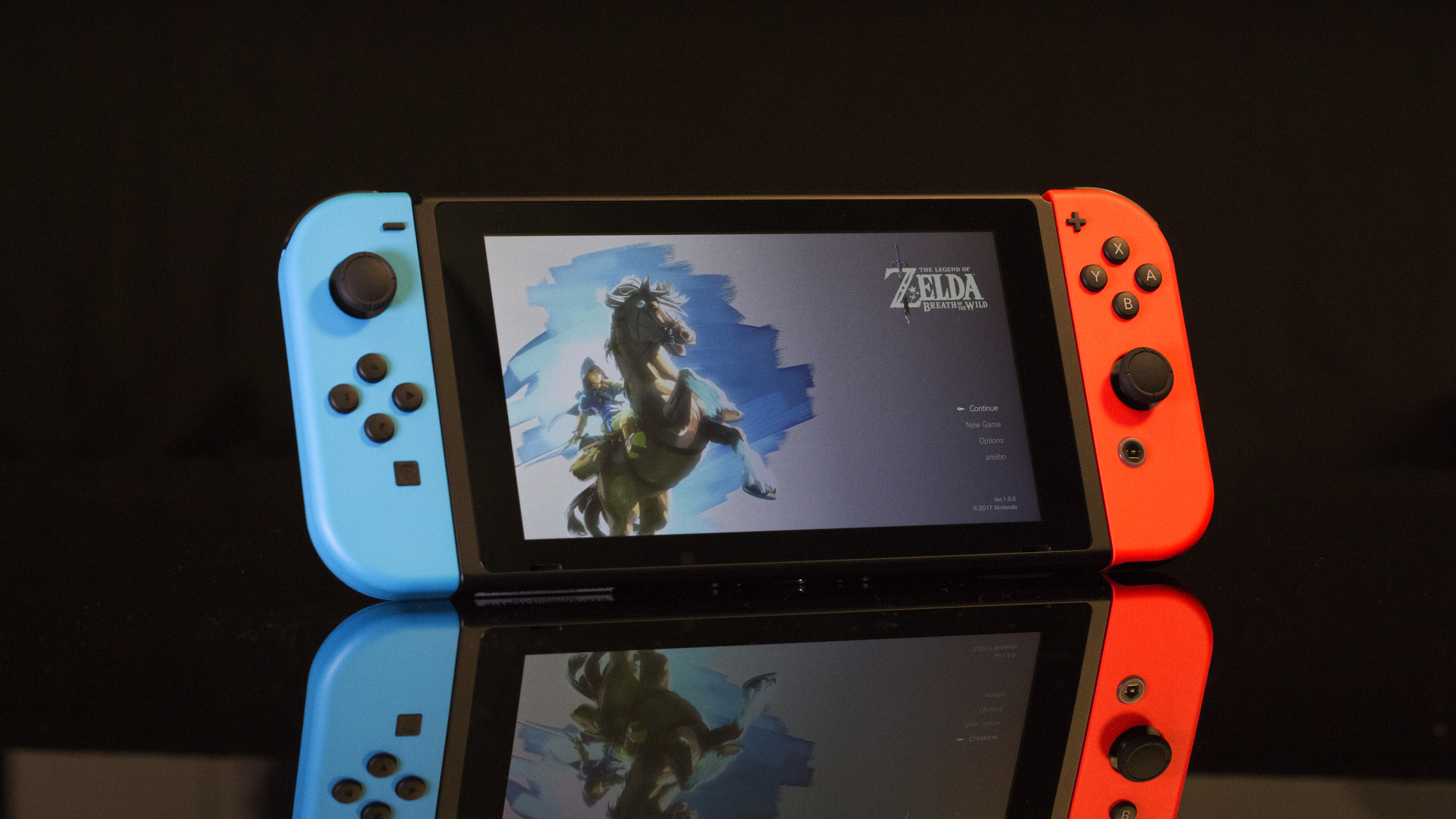
This is perhaps the most obvious point that comes to mind. By keeping the Nintendo Switch 2’s screen resolution at 720p, it should allow the newer model to match or even exceed the battery life of the base Nintendo Switch model. Again, if Nintendo shot for a higher resolution, the console would require significantly more power, which would result in less battery life.
"By keeping the Nintendo Switch 2’s screen resolution at 720p, it should allow the newer model to match or even exceed the battery life of the base Nintendo Switch model."
The choice of an OLED screen would also be beneficial here, as they’re typically more power-efficient than other screen types. OLED technology allows the screen to control the light of individual pixels, which essentially means that the screen doesn’t need to waste resources by pushing light to parts of the display that don’t need it. Smartphones often take advantage of this, where a locked screen can display essentials such as time and notifications by only using the necessary pixels required.
OLEDs can also be far more efficient than an LCD (liquid crystal display) screen, which both the Nintendo Switch and Nintendo Switch Lite employ. LCD screens make use of a backlight, which can often lead to black or dark backgrounds being overly illuminated. This also means that more pixels are being used than is necessary, which drains battery life even further.
The first iteration of the Nintendo Switch wasn’t particularly impressive when it came to battery life, either. This was most evident in resource-intensive games like The Legend of Zelda: Breath of the Wild or Xenoblade Chronicles 2 that could drain a fully charged battery in around three and a half hours. Nintendo has since somewhat fixed this problem with the newer Switch model, however, but I’d be disappointed if the Switch 2 skimped on battery life.
It's better for developers
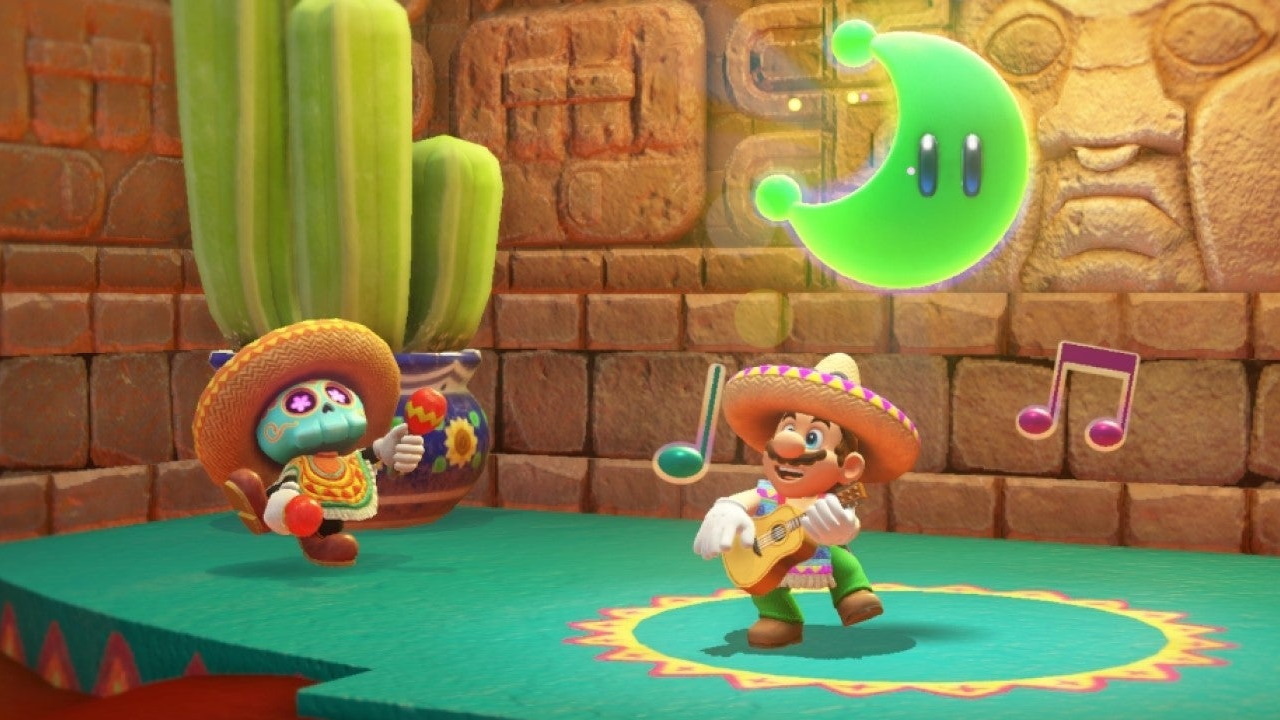
By sticking to a 720p screen on the Nintendo Switch 2, developers won’t have to waste resources optimizing existing or future titles for different resolutions when playing in handheld mode. This would also be far more suitable for indie devs, who have found the Nintendo Switch to be a haven of sorts for more experimental titles. You need only look to games like Gris, Hyper Light Drifter and Monster Boy and the Cursed Kingdom for proof of that.
These smaller scale games already benefit from the Nintendo Switch’s bitesize screen, with many looking arguably better in portable mode than they do when blown up on a larger TV display. Depending on the chosen artstyle, it can often be a case of diminishing returns when a pixel-art game is scaled up to 4K, too, so it’s unlikely Nintendo is feeling any outside pressure from indies to up the Switch’s screen resolution.
OLED and Nintendo were made for each other
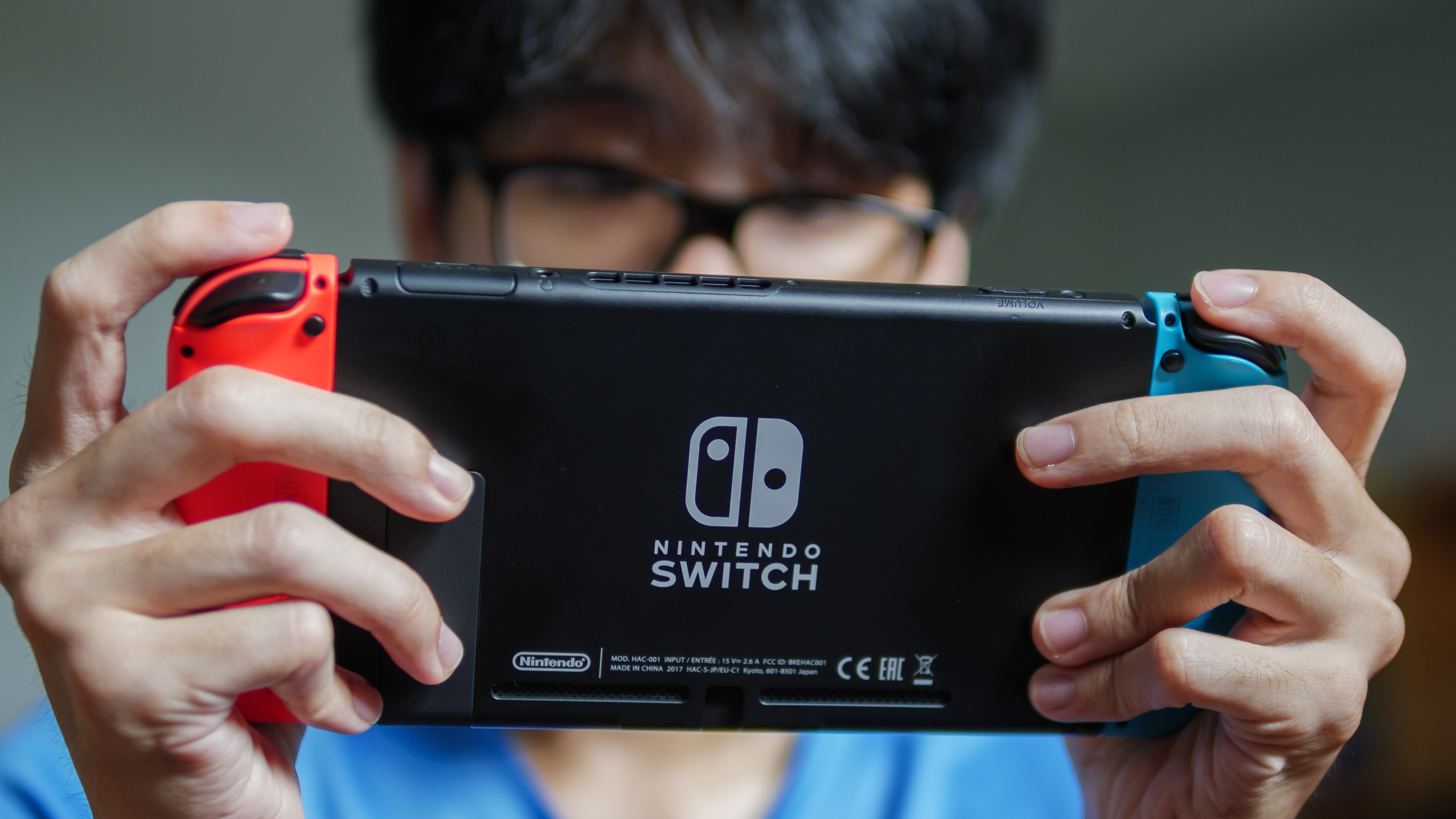
When I think of Nintendo, I think of vibrantly colored worlds with impeccable art design. OLED screens, thanks to their higher levels of contrast, would surely make Nintendo’s first-party efforts look absolutely stunning on a 7-inch display.
"When I think of Nintendo, I think of vibrantly colored worlds with impeccable art design. OLED screens, thanks to their higher levels of contrast, would surely make Nintendo’s first-party efforts look absolutely stunning on a 7-inch display."
Nintendo has demonstrated in the past, perhaps better on the Switch than ever before, that power isn’t everything. While Nintendo games and consoles typically boast lower graphical fidelity than the competition, it’s always been able to pick up the slack in terms of art direction, stable frame rates and shockingly fast load times.
An already colorful game like Super Mario Odyssey would pop significantly on an OLED display. I’m already thinking of how scrumptious the Luncheon Kingdom could look on that 7-inch screen, and with perfect blacks that are only possible on OLED displays, just imagine how great Luigi’s Mansion 3’s haunting locales would look?
If the rumors are to be believed, then, the Nintendo Switch’s future is bright, in more ways than one. A 720p OLED screen for the Nintendo Switch 2 would not only make games look better in portable mode, but 720p is a realistic target to help maintain a longer battery life, keep costs down, and should prevent the console from hardware complications like overheating. From pretty much every conceivable angle, a 720p OLED screen just makes sense.
- Nintendo Switch 2: what we want to see from a Nintendo Switch Pro
from TechRadar - All the latest technology news https://ift.tt/3cbf1u4


